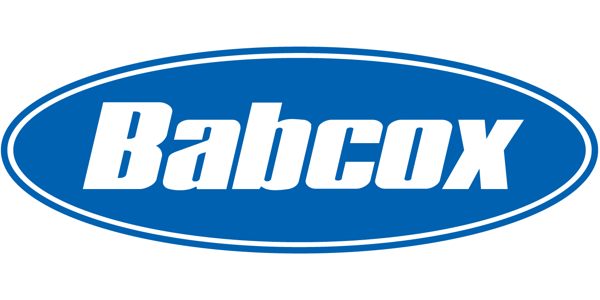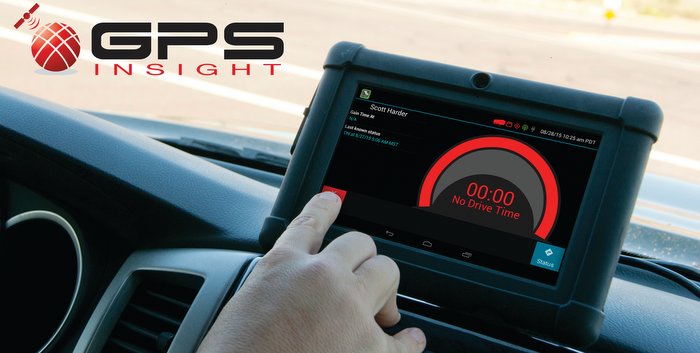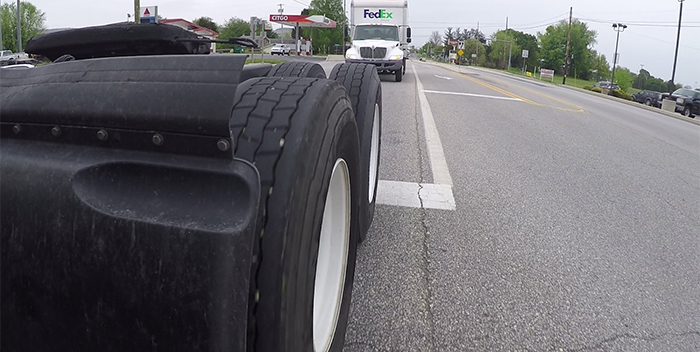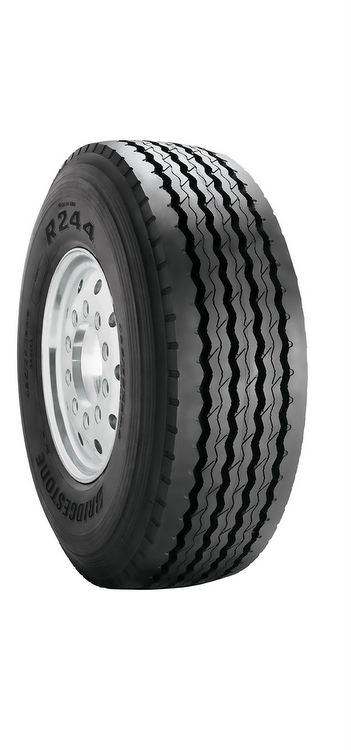Discussions on tire maintenance often turn to proper inflation maintenance as the most important cornerstone of a well designed program to maximize tire treadlife, casing durability and fuel economy. However, precious little information is available on exactly what should be controlled to achieve this pressurized condition inside the tire/wheel contained inflation cavity.
Since nearly all medium truck over-the-road tires are inflated with locally available compressed air – shop air, for lack of a more precise term – let’s begin with a look at some problems and how to avoid them.
The most common concern about compressed air supply is moisture. All tire manufacturers agree that moisture can degrade overall durability and casing life over time.
Diffusion of high-pressure inflation through the tire casing to the lower-pressure ambient surroundings is a slow, but continuous, process. Available moisture in the high-pressure air chamber travels with the other molecules during this process, passing through the tire casing materials along the way. High-quality radials have greatly improved durability in recent years, but some degree of diffusion remains.
Punctures or cuts that accelerate inflation loss greatly aggravate the potential for possible adhesion loss within the tire casing in the immediate area around the direct path of the escaping inflation.
Moisture can catalyze a corrosion process at rubber component junctions, especially at rubber/metal interfaces, ultimately leading to a separation over time. Since typical line-haul radials are constructed of up to 43 separate components, there are many such interfaces. Therefore, maintaining dry air inside the tire cavity is very desirable.
All compressors supplying inflation air should be equipped with reliable, multiple driers – one placed near the high-pressure outlet and another near the line end where final pressure regulators and actual tire hoses are attached. Moisture-accumulating line drops of sufficient size and length, preferably fitted with ball valves to facilitate daily draining of condensation, should be added below the point at which inflation air is taken off of supply lines.
Connections for tire inflation lines should never be taken near the bottom of a supply-line run where water may accumulate. Recommended Practice (RP) 235, published by the Technology and Maintenance Council, suggests plumbing configurations, along with other related information on inflation equipment hardware and maintenance practices. One detail often overlooked is placement of the compressor intake. This should be in a sheltered area to minimize intake of moisture or excessive humidity, with consideration of the local shop climate.
Some moisture concerns might be minimized by the alternative use of certain purified or inert gasses. This introduces other issues of supply, contamination from make-up inflation and expense. Most major tire manufacturers think that such alternative inflation mediums may have a negligible effect on tire durability or treadwear and are not likely cost-effective for over-the-road fleets.
While the use of oils, rust inhibitors and other supply-line additives for the maintenance of air wrenches, air operated grinders, chisels and other such tools is a common shop practice, lubricators should never be used in air lines that are used to inflate tires. Care should be taken to ensure that dirt, corrosion particles and other contaminants do not enter inflation lines. Such debris can interfere with tire valve sealing and uniform bead seating on the rim. Many fleets spec the use of flow-through valve extensions, rather than conventional, screw-on valve caps, to avoid entry of dirt, road salt and other debris entering the annular valve sealing area if a sealing cap becomes lost, removed or misplaced.
There still remains the problem of remote service providers, truck-stop airing, emergency road call service, and new tire/retread mounting operations not on your property.
While this might, at first, appear unmanageable, simply outlining many of the guidelines noted above in a basic vendor-requirement format, along with your intent of random on-site inspections, should create some focus of attention. Some might view such attention to detail as “majoring in the minors,” but maintaining moisture and contaminant-free inflation will enhance long-term tire durability and is one of the details that separates very cost-effective operations from simply cost-effective ones.









